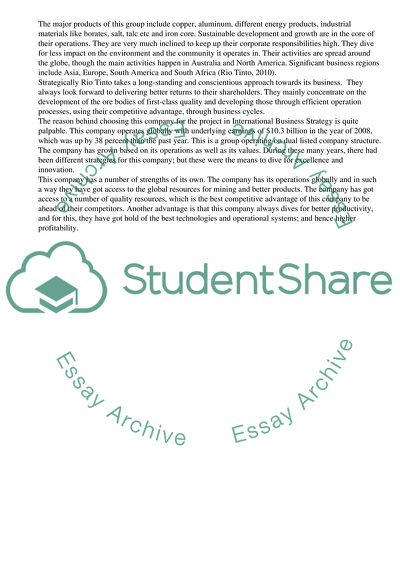Cite this document
(Rio Tinto's International Business Strategy Coursework, n.d.)
Rio Tinto's International Business Strategy Coursework. Retrieved from https://studentshare.org/business/1732272-international-strategic-analysis-of-rio-tinto
Rio Tinto's International Business Strategy Coursework. Retrieved from https://studentshare.org/business/1732272-international-strategic-analysis-of-rio-tinto
(Rio Tinto'S International Business Strategy Coursework)
Rio Tinto'S International Business Strategy Coursework. https://studentshare.org/business/1732272-international-strategic-analysis-of-rio-tinto.
Rio Tinto'S International Business Strategy Coursework. https://studentshare.org/business/1732272-international-strategic-analysis-of-rio-tinto.
“Rio Tinto'S International Business Strategy Coursework”, n.d. https://studentshare.org/business/1732272-international-strategic-analysis-of-rio-tinto.


